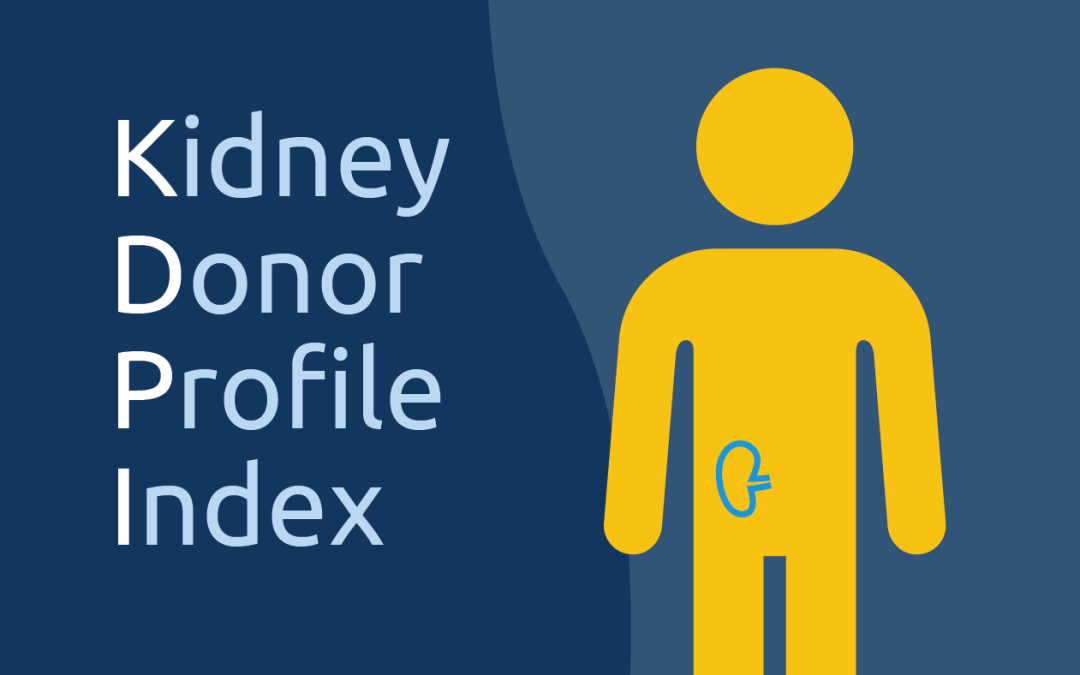in focus
A kidney’s KDPI can range from 0-100% and is an important part of matching the right organ to the right patient.
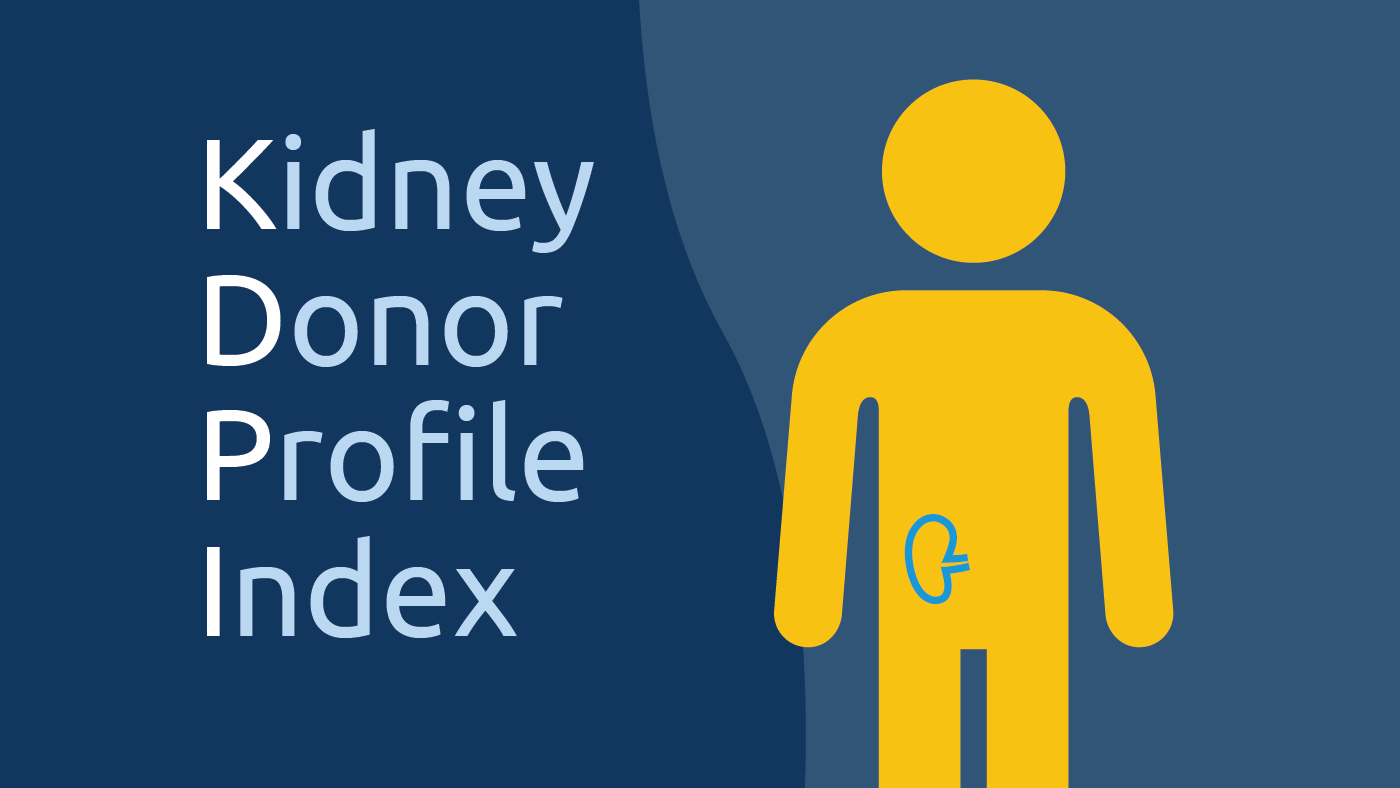
Did you know all kidneys from deceased donors are given a kidney donor profile index (KDPI) score? It’s used to assess how long a kidney is likely to work once it’s been transplanted.
A new patient-friendly animation is available on the Organ Procurement and Transplantation Network website. The animation explains the kidney donor profile index (KDPI), which is used to evaluate every kidney from a deceased donor that is offered for transplant. It is used in combination with the estimated post-transplant survival score (EPTS), which estimates how long a transplant candidate is likely to benefit from a kidney transplant.
What does KDPI measure?
The KDPI is a measure of kidney function. It estimates how long a kidney from a deceased donor may function after a transplant.
To calculate a kidney’s KDPI, medical professionals enter a few facts about the deceased donor into a computer. These details include:
- Age, height and weight
- Information about the donor’s cause of death
- Whether the donor had high blood pressure or diabetes
- The donor’s kidney function
A computer then calculates the KDPI for that particular donor. The KDPI ranges from zero to 100. A low KDPI, closer to zero, means that the kidney is expected to function longer than most other donated kidneys. Younger donors without a history of disease are likely to have kidneys with a lower KDPI.
A kidney with a higher KDPI, closer to 100, may still function very well when transplanted, but is expected to last for a shorter time than most other donated kidneys. Kidneys with a low KDPI are expected to last the longest, and are first offered to candidates who are expected to benefit the longest with a kidney transplant.
It’s important to match lower-KDPI kidneys (organs that are expected to function longer) with candidates who are expected to benefit the longest, because doing so can reduce the number of recipients who need a repeat transplant. Reducing repeat transplants can make more kidneys available to transplant into patients who need a transplant for the first time.
Watch the animation to learn more about the KDPI, and how it helps match the right organ to the right patient at the right time. The OPTN website also has a KDPI calculator tool where you can enter data for real or hypothetical donors.
In focus
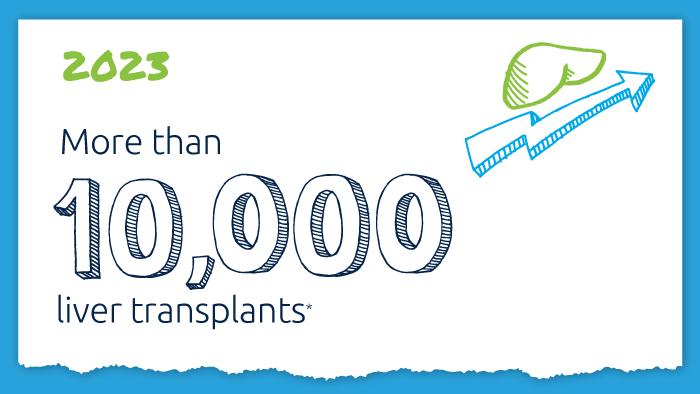
A decade of record increases in liver transplant
10,660 liver transplants, the most ever in a year.
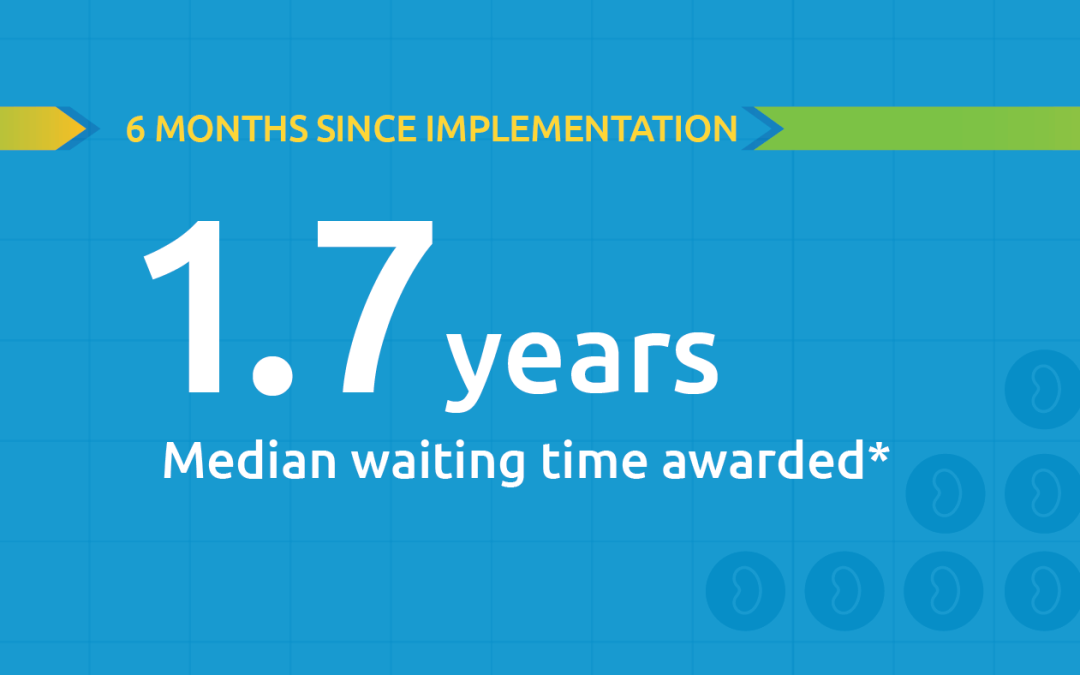
Black kidney candidates are receiving waiting time modifications, helping them get the organs they need
Latest kidney monitoring report shows two new kidney polices are working as intended

Research in focus: examining organ offers
Three recent studies from UNOS researchers examine offer acceptance practices and impact of Offer Filters tool.
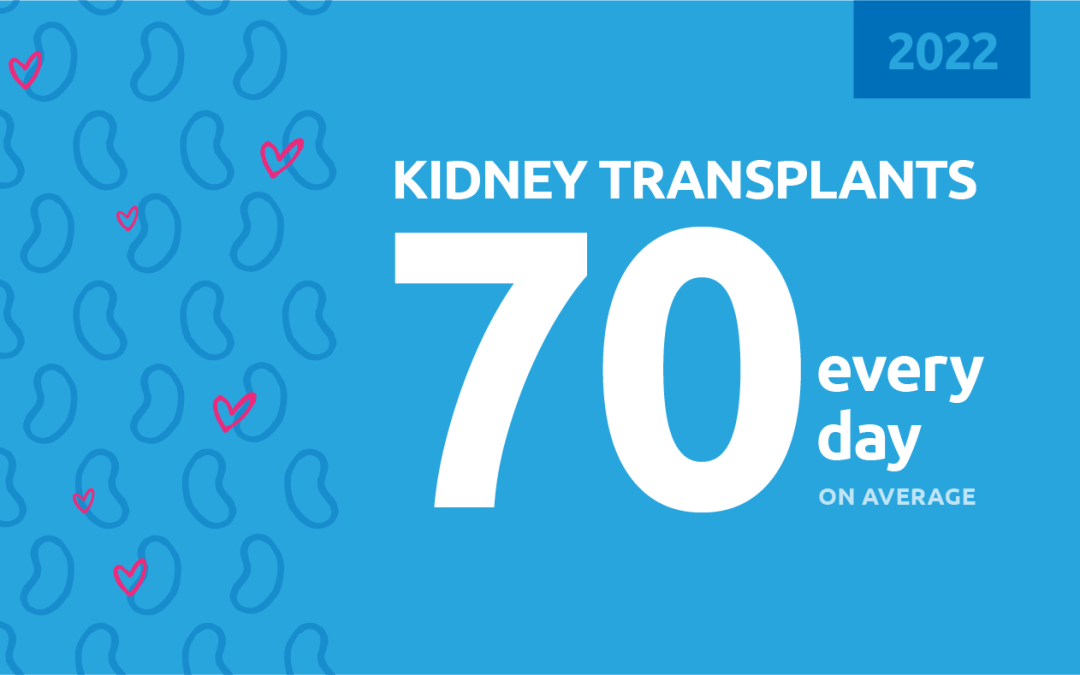
New milestone reached in kidney donation and transplant
For the first time, more than 25,000 kidney transplants were performed in a single year

